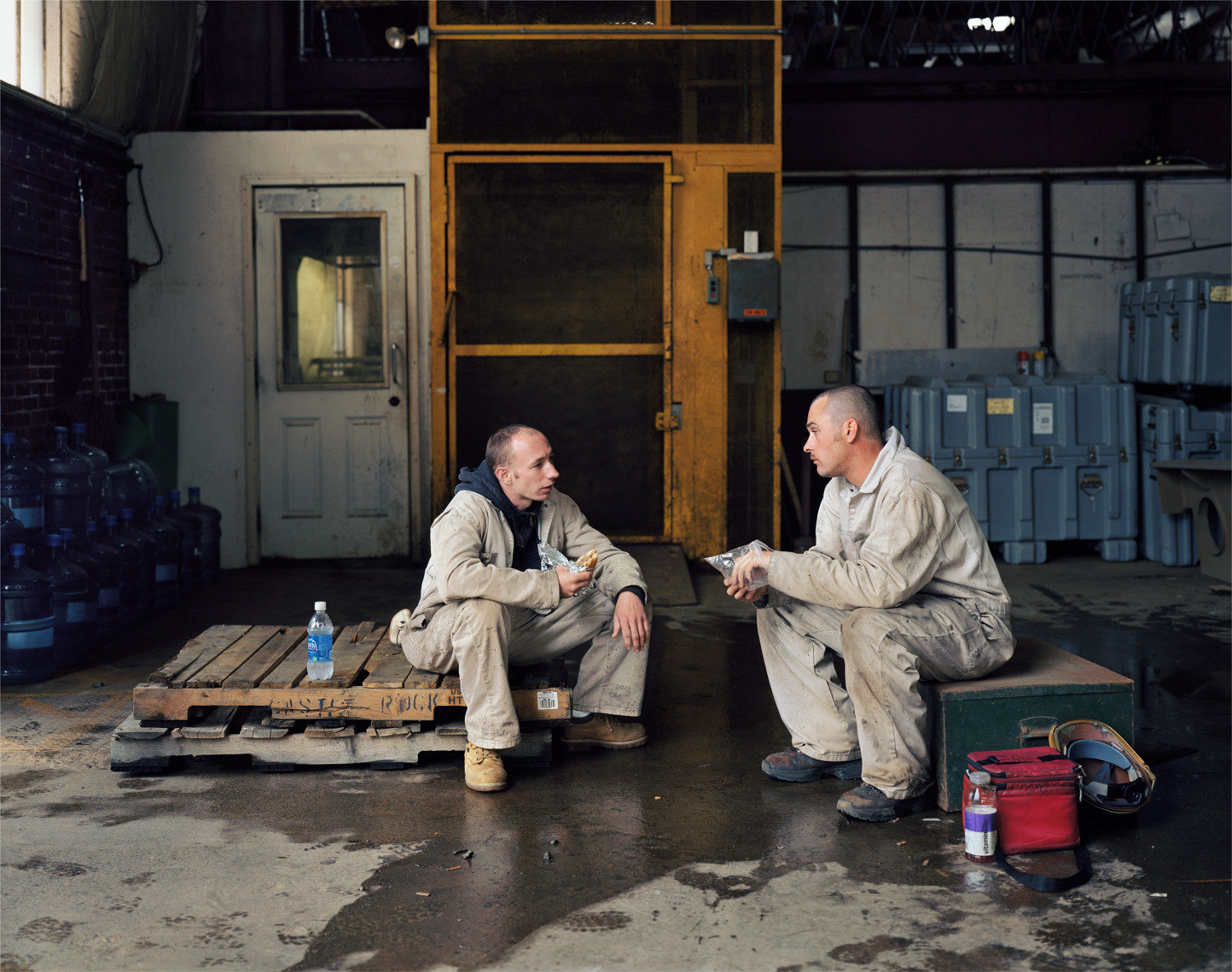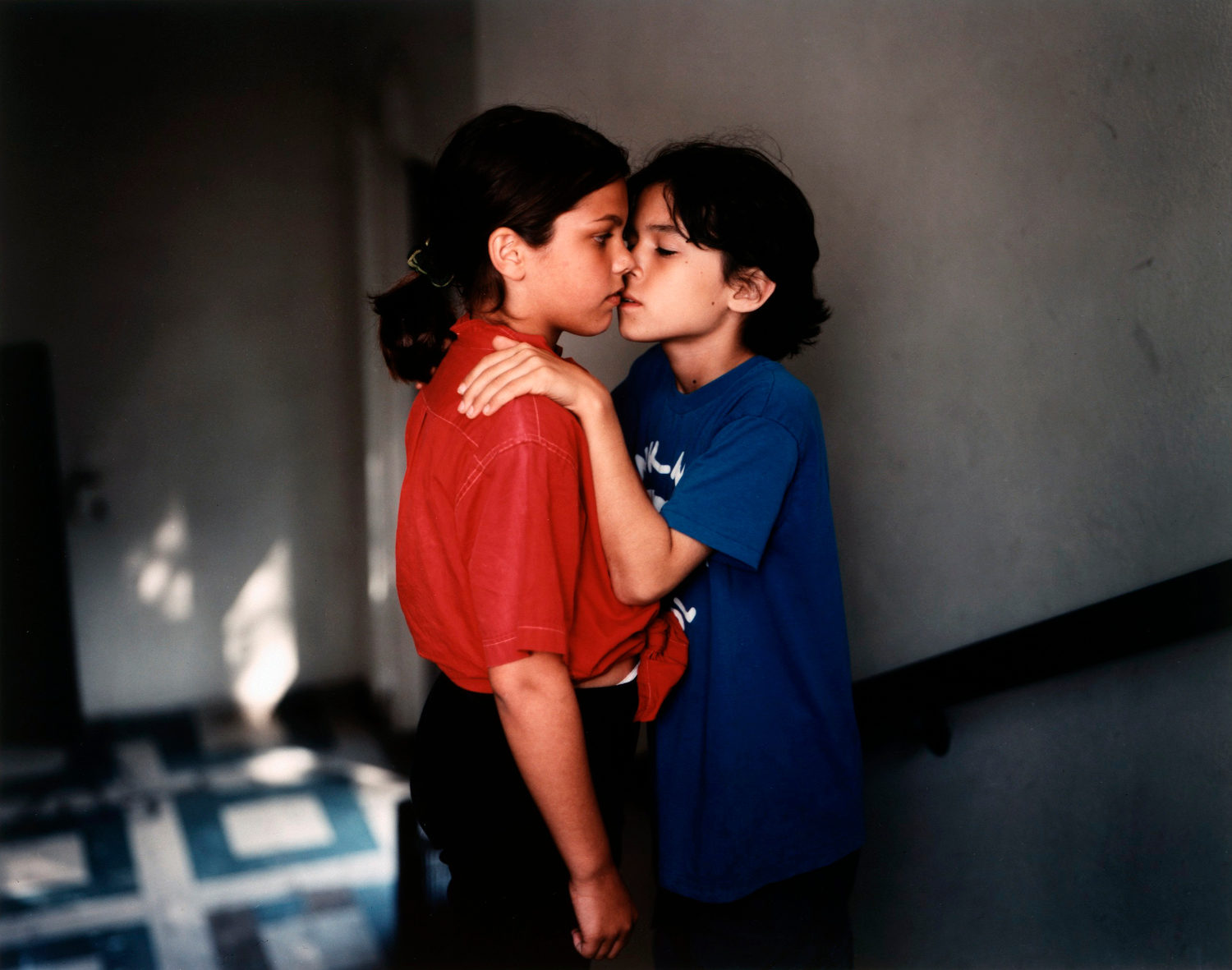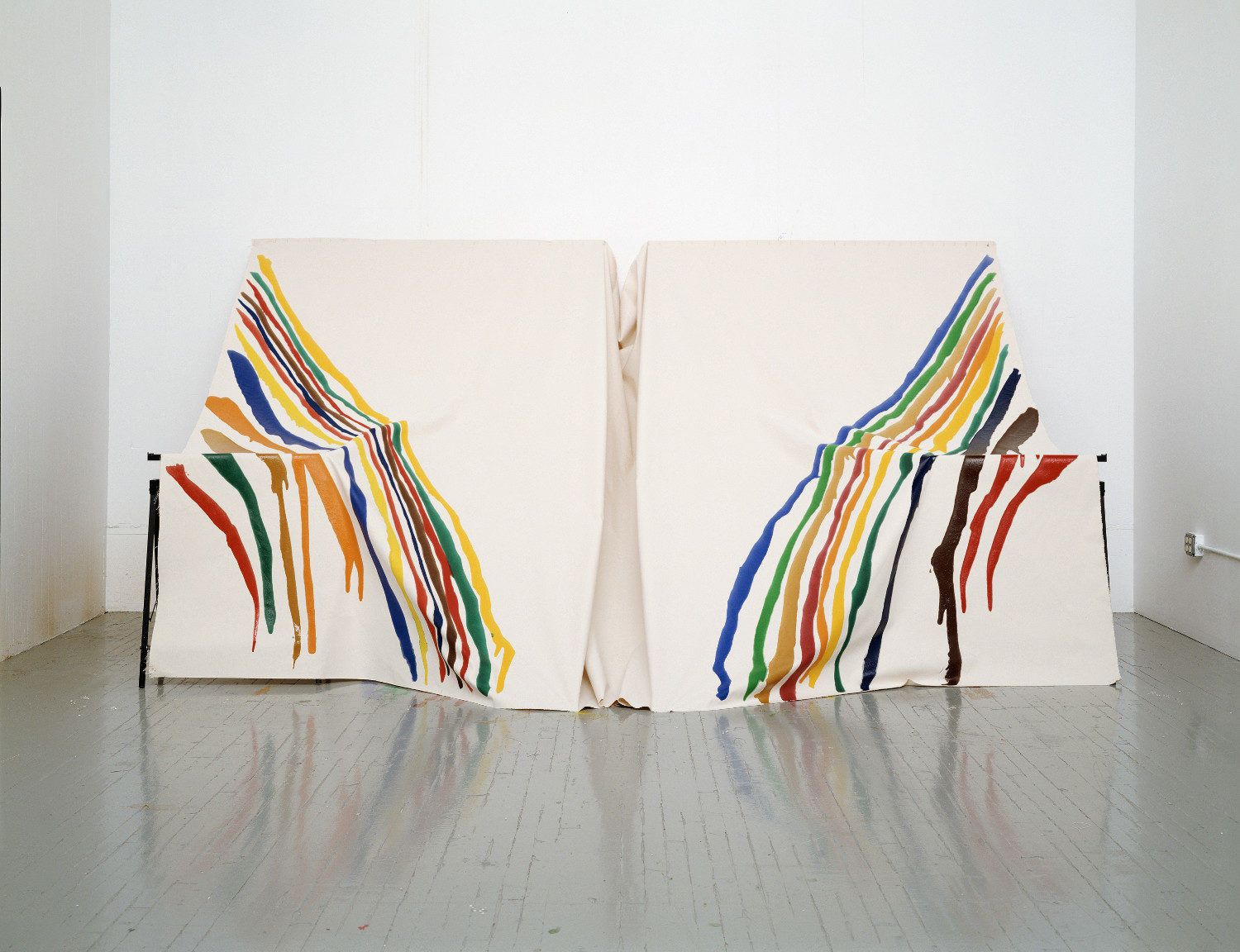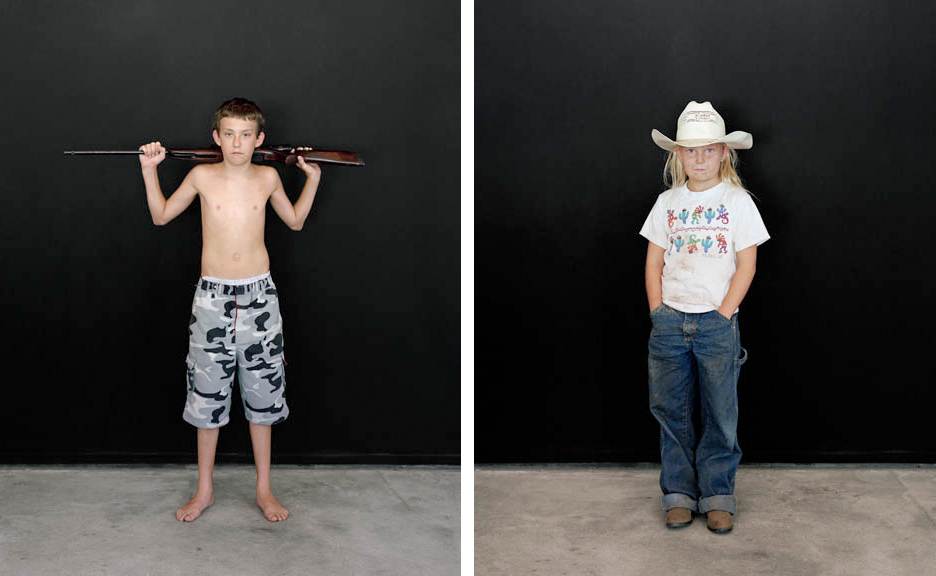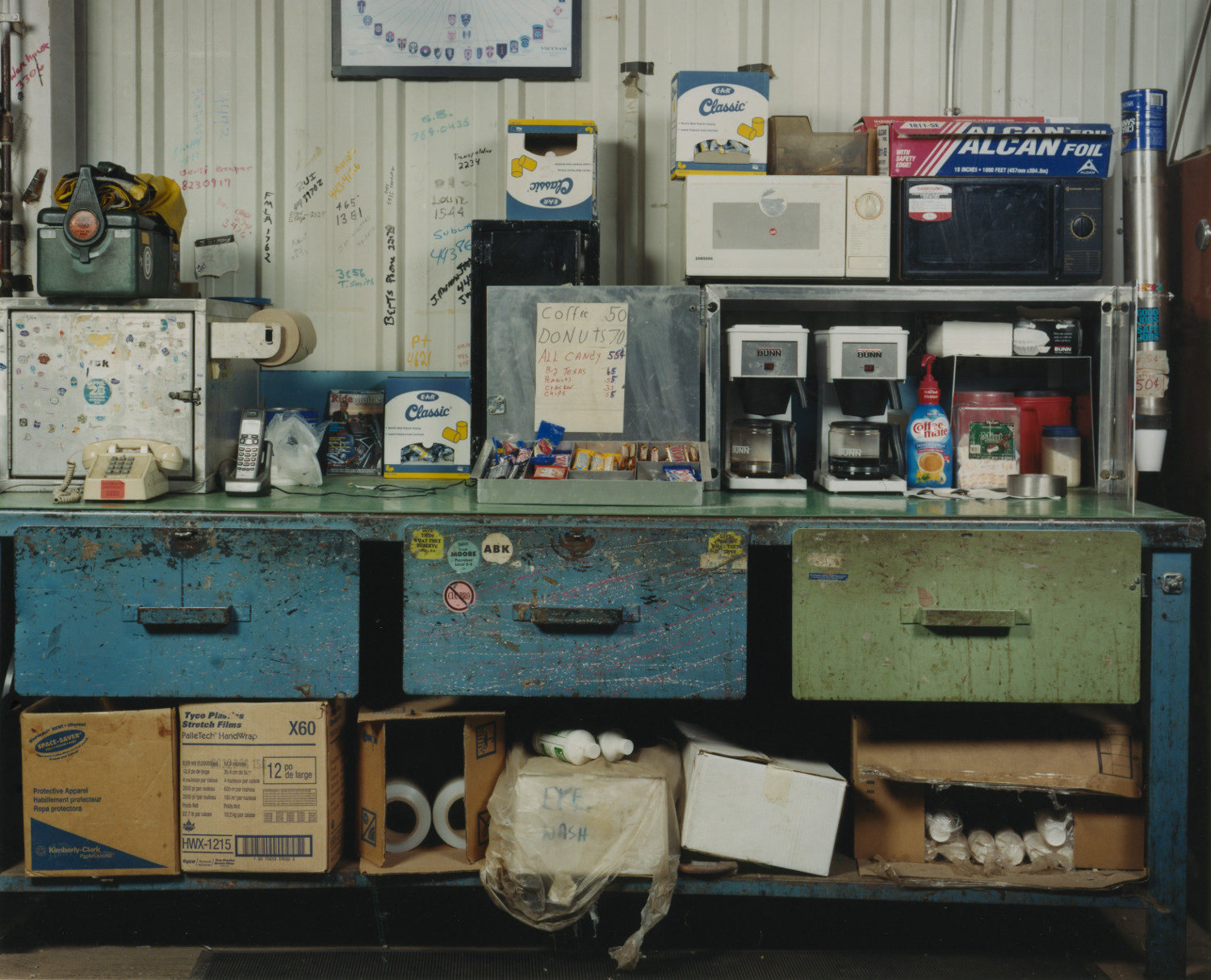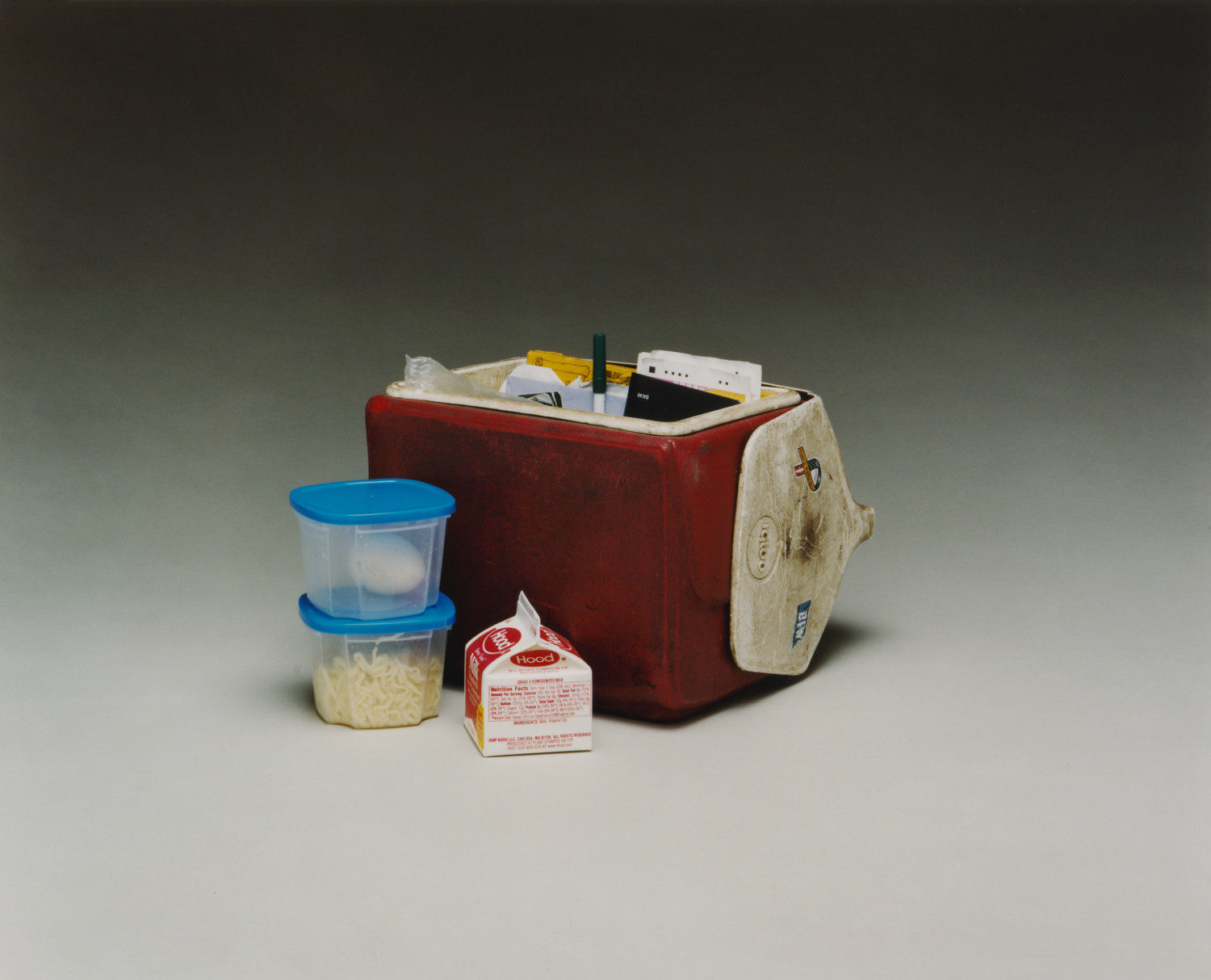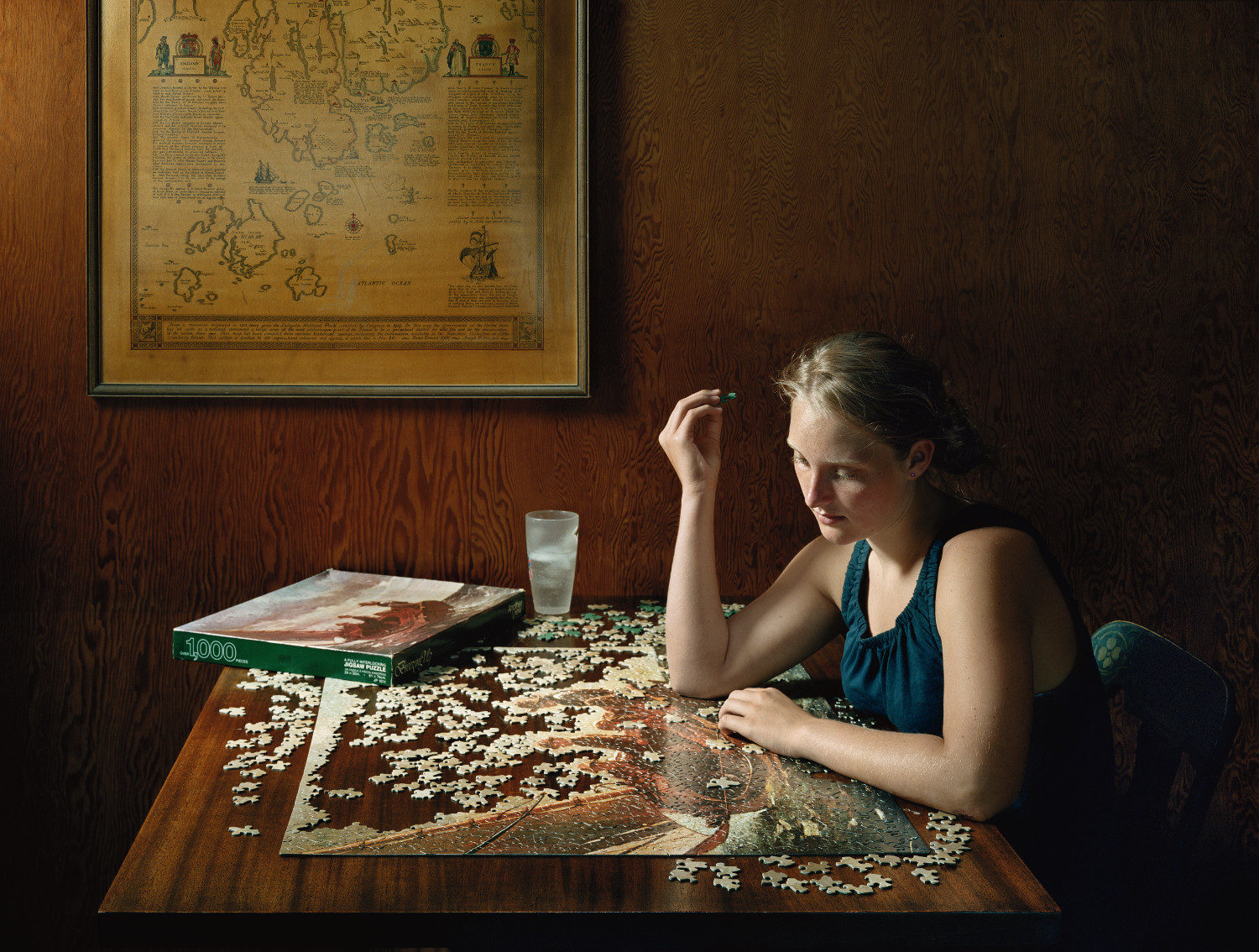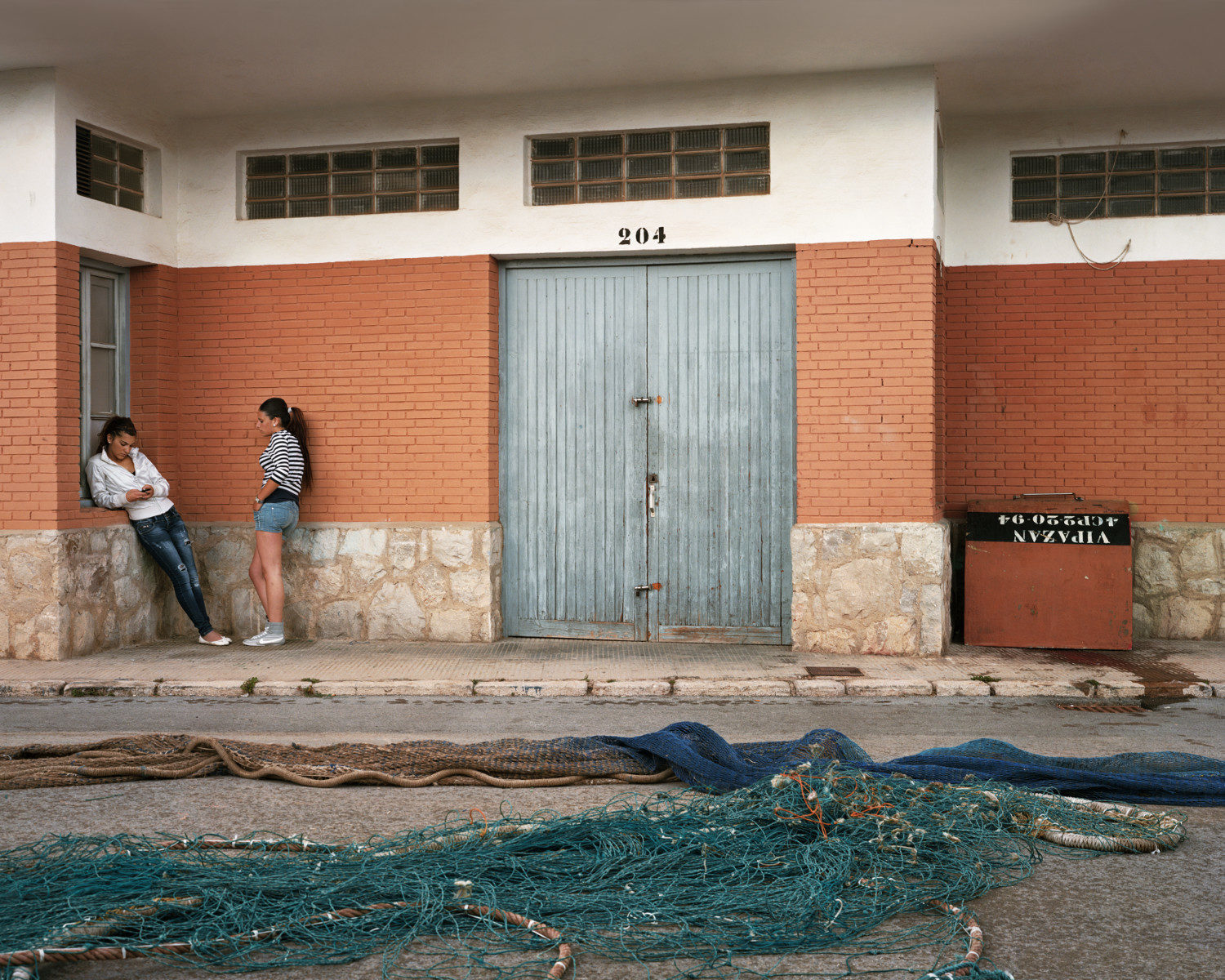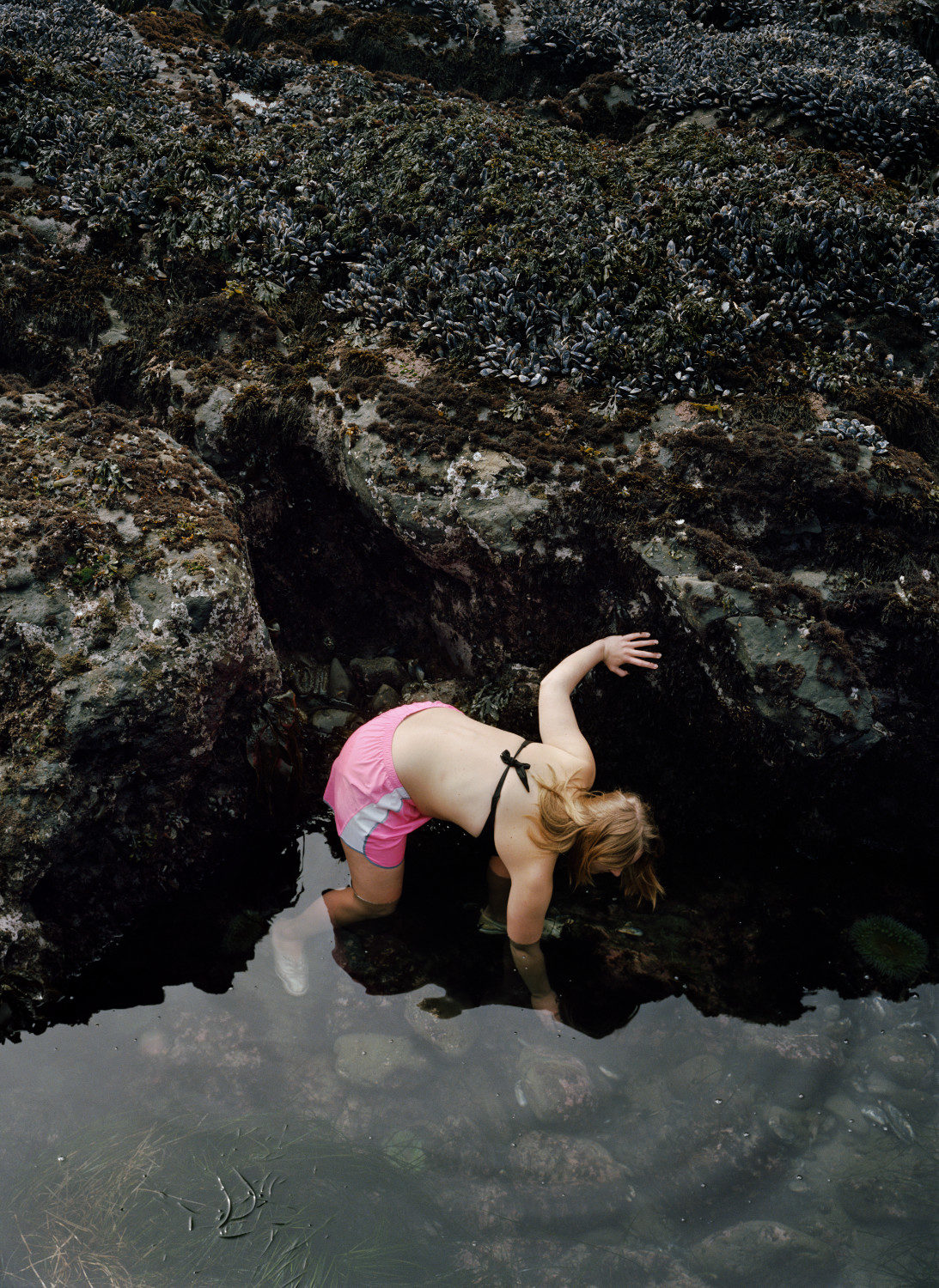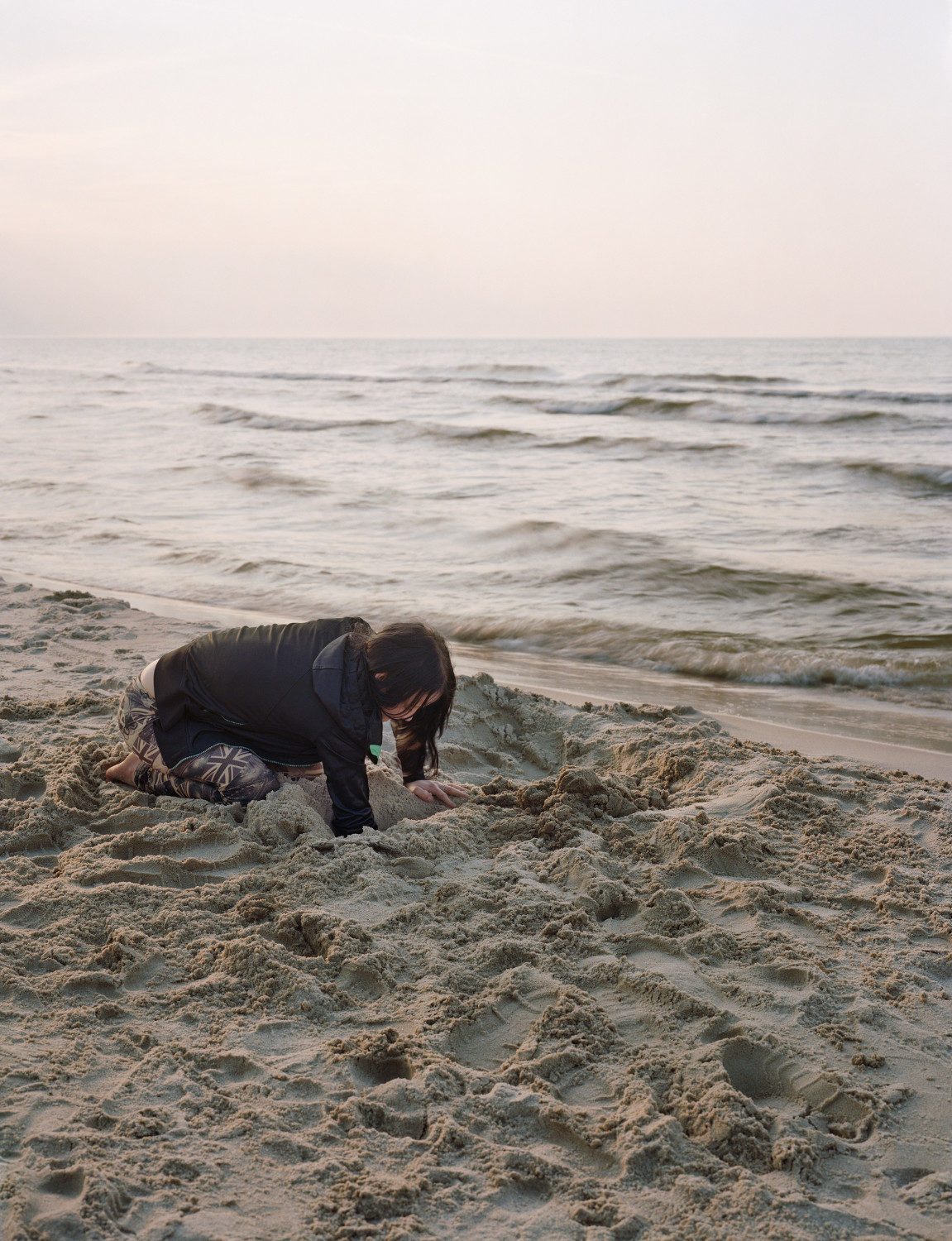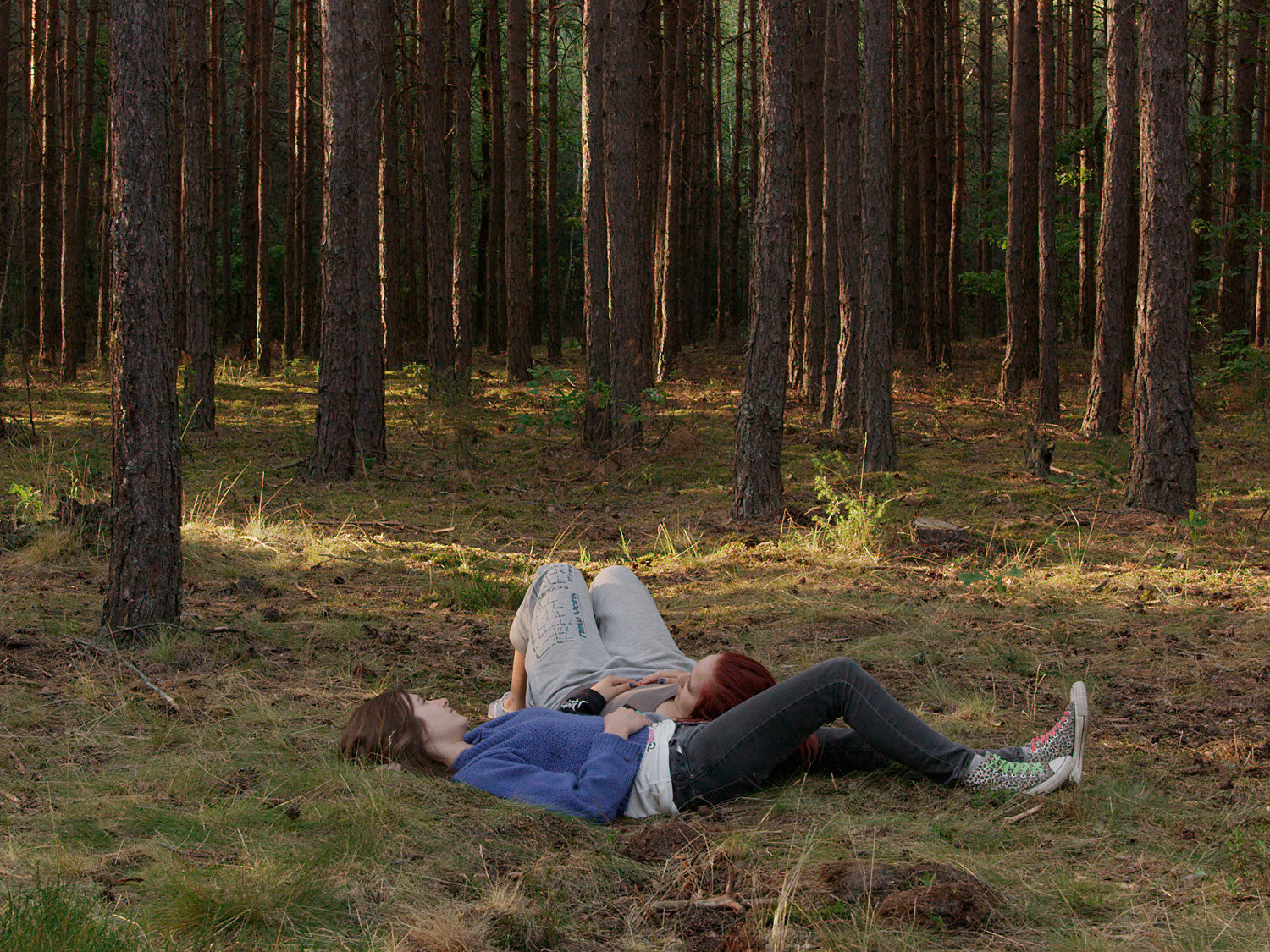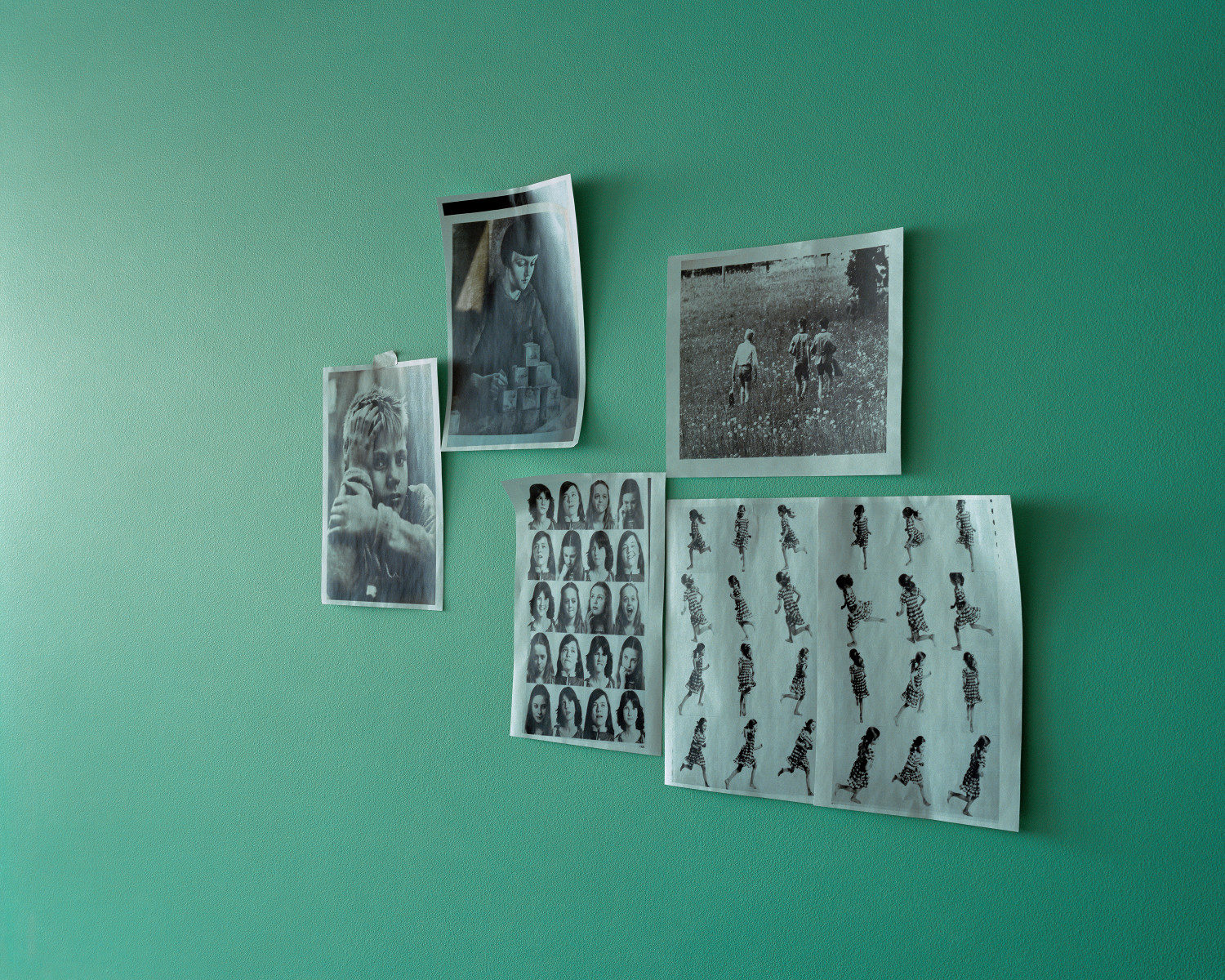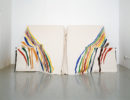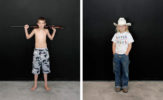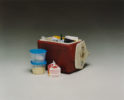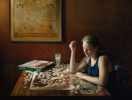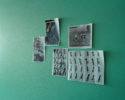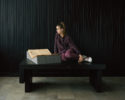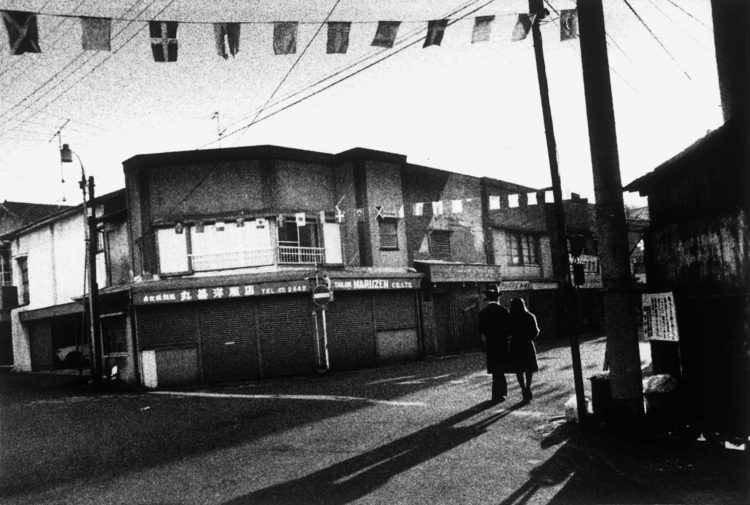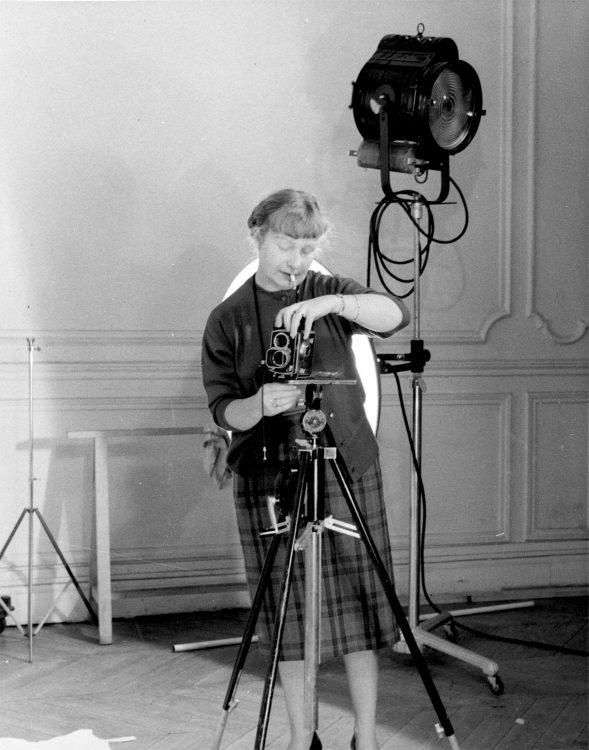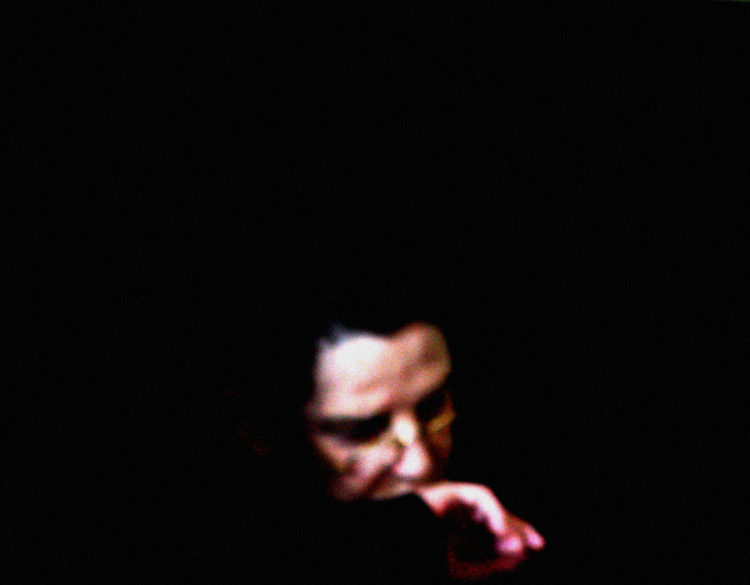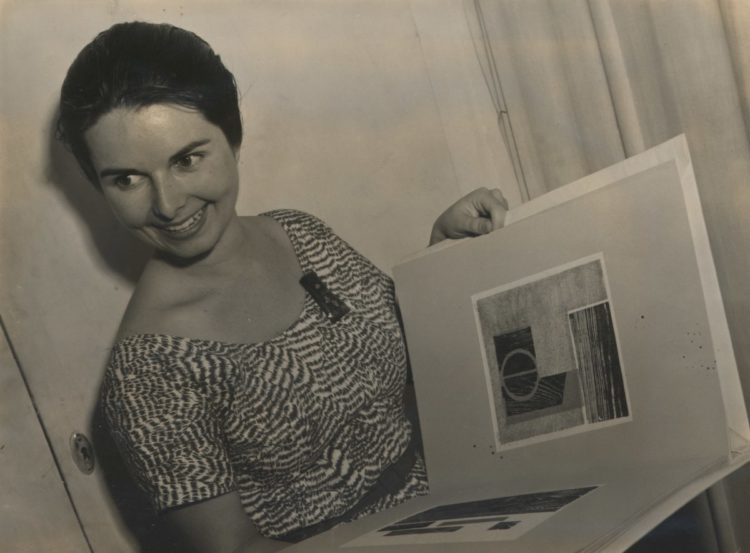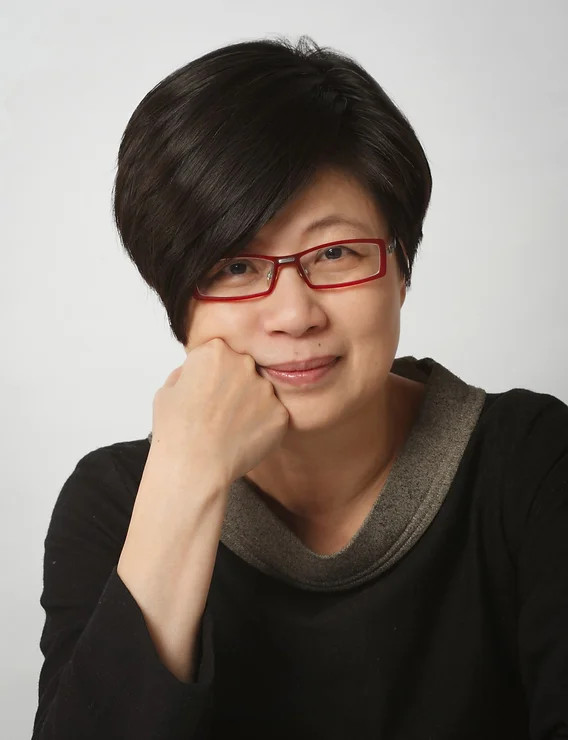Sharon Lockhart
Baker George Thomas & Fetzer Fanni (ed.), Milena, Milena, Sharon Lockhart : a work in progress, exh. cat., Center of Contemporary Art, Warsaw ; Bonniers Konsthall, Stockholm ; Kunstmuseum, Lucerne (2013-2015), Cinisello Balsamo, Silvana Editoriale, 2015
Sharon Lockhart, Lunch Break, San Francisco Museum of Modern Art, San Francisco, 2011
→Milena, Milena, Sharon Lockhart : a work in progres, Center of Contemporary Art, Warsaw ; Bonniers Konsthall, Stockholm ; Kunstmuseum, Lucerne, 2013 – 2015
→Sharon Lockhart, Meus Pequenos Amores / My Little Loves, Museu Coleção Berardo, Lisbon, 18 October 2017 – 18 January 2018
American photographer and filmmaker.
After studying at the Art Center College of Design in Pasadena and at the San Francisco Art Institute, Sharon Lockhart made a contributed to discussions of a common issue in the early 1990s: the attempt to pinpoint the space “between” images, between photography and cinema. Most of her films rely on static shots and the restrictive characteristics of the photographic medium, but also on the relationship between the frame and what happens off-screen. Her entire body of work is marked by suspended time, a state of latency, and the near motionlessness of the actors – figures caught in their own environment, in their own routine. Balanced between documentary imagery and an aestheticisation of reality, the artist introduces choreographic elements to her work by having the subjects of the film process perform repetitive gestures. In doing so, she goes beyond the notions of roles or characters, and creates a grey zone between spontaneous actions and “staged” situations. In her first film, Goshogaoka (1998), which shows a basketball lesson in Japan shot in 16mm, schoolgirls move toward the camera within the static image and, in doing so, define the filmic apparatus; the ordinary movements of the girls are reinterpreted via a sort of ritual dance performed for an absent audience.
In her 35mm film Teatro Amazonas (1999), an audience in Brazil attend an avant-garde musical performance written by Becky Allen. The filmmaker employs a volte-face – a recurring principle in all her work – by shifting the public’s focus away from the central element of fiction: as the show unfolds, the audience gradually gains importance until it becomes the focal point of the mirrored scene, while the voices of the choir are substituted by the voices in the room. After a few years of experimenting, S. Lockhart directed her first feature film, Pine Flat, which earned her public recognition. Shot in the eponymous area in California where she lived for several years, the film brings to life her obsessions with filmic temporality, more specifically that of childhood and adolescence.
© Éditions des femmes – Antoinette Fouque, 2013
© Archives of Women Artists, Research and Exhibitions, 2018




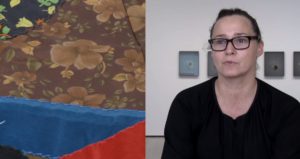 Artist Conversation: Sharon Lockhart
Artist Conversation: Sharon Lockhart 